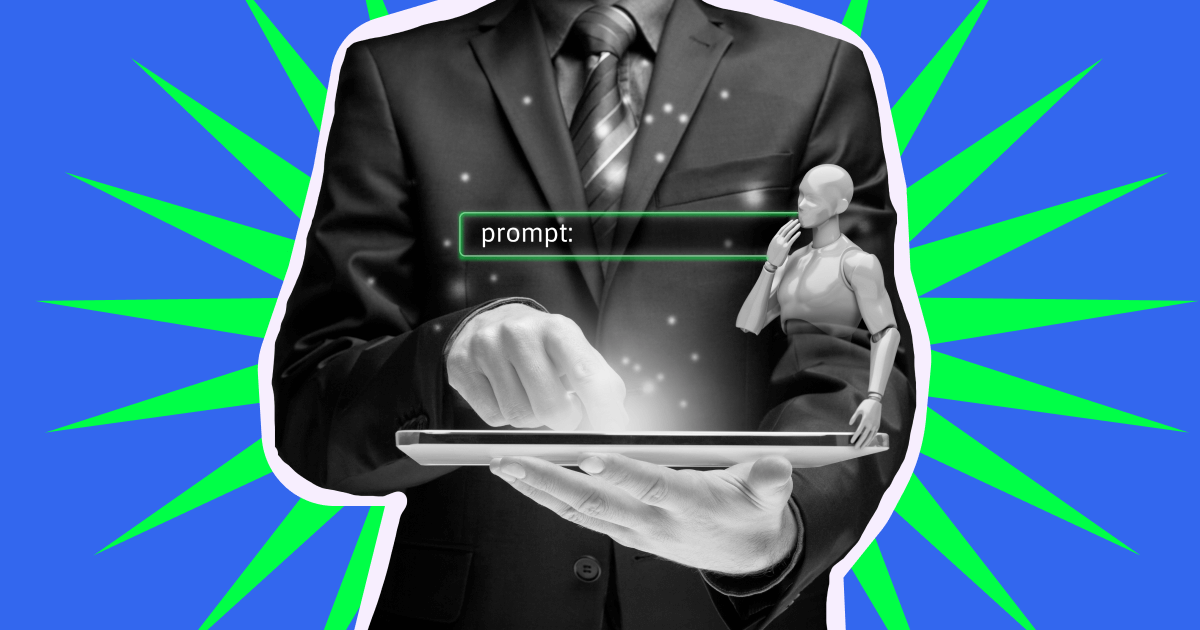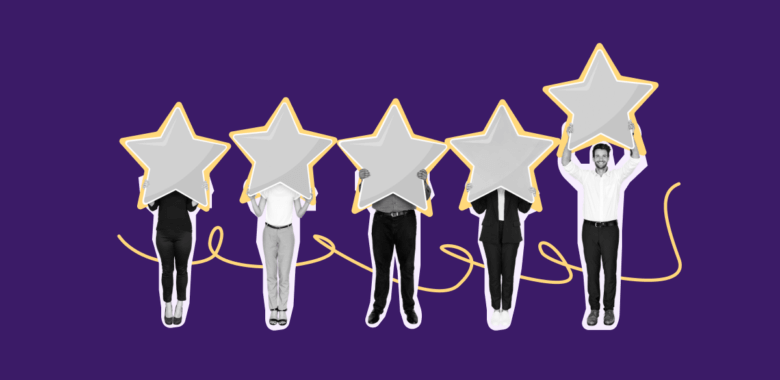Over 1.626 billion visitors flocked to ChatGPT’s portal in February 2024 alone. So AI is not some fringe tool of technocrats, it’s getting mainstream.
A 2023 survey spanning email marketers in the United States, the United Kingdom, and other European nations revealed that about 51% found AI-supported email strategies to outperform conventional methods. Meanwhile, Selzy’s own email marketing trends benchmarks paint an even more vivid picture of this shift: 87.7% of users strongly trust AI-generated emails, and 58.3% are convinced that AI can significantly enhance email newsletters.
But how can you use the power of AI to breathe new life into your email marketing? Let’s dive into practical ChatGPT email prompts to make sure you can stay ahead of the curve and deliver personalized, engaging email content to your subscribers with way less effort.


























